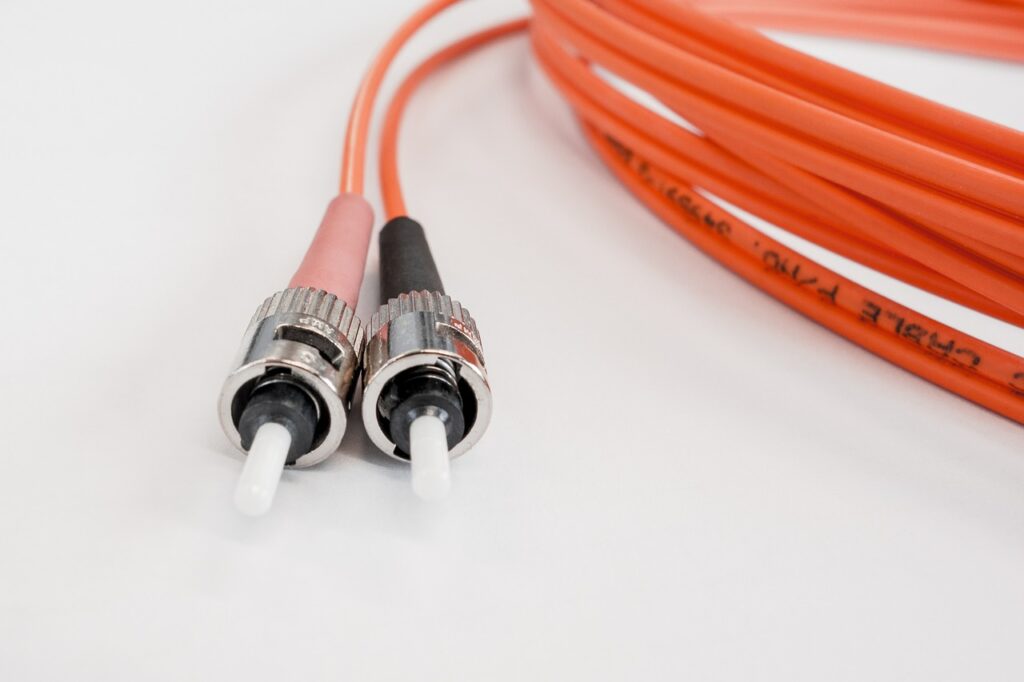A term you regularly come across when you read about financial markets is quant trading. It all sounds a bit mysterious as people most of the time can’t really explain what it means and the fact that it usually involves people that have a far better understanding of higher mathematics than the rest of us adds to it. What are Quant Traders though, how do they operate and what is their importance for financial markets? We’ll try to shed some light on these and other questions in this article.

The term quant trading seemed to become more widespread around the Global Financial Crisis of 2007/2008, but in reality it had been around for many years before that. Probably the most famous of quant trading shops, Renaissance Technical, was founded as early as 1982 with the aim of using systematic trading by strictly adhering to mathematical and statistical methods. It’s flagship Medallion fund according to Bloomberg returned more than 35 % annualized over a 20-year span and from 1994 through mid-2014 it averaged a 71.8% annual return.
Rise and fall of quant traders
Of course, Renaissance is just one shining example of the quant trading sector and firms exist in all shapes and sizes. Many smaller firms quietly move large amounts on daily basis without ever stepping into limelight, but that’s also part of the nature of quantitative trading. Unlike the clichéd image of shouting into telephone on a noisy trading floor, quantitative traders build their models based on extensive research and large amounts of data. Since this can result literally in any form of strategy it is often through the hedge fund model that quant trading is employed given the reduced amount of regulatory constraints for hedge funds and the limited exposure to sophisticated investors and institutional clients, which are subject to lower levels of investor protection by law. Quant trading, however, takes also plays at banks, but it is mostly through the involvement of hedge funds that generate headlines and add to the mystery surrounding it. One of the most famous example in that regard is the fall of Long Term Capital Management: a hedge fund founded in 1994, only 4 years later it collapsed loosing about $4.6 billion in less than four months following the 1997 Asian financial crisis and 1998 Russian financial crisis. The Federal Reserve had to step in and arranged a bailout for the whopping amount of $3.6 billion based on an agreement with 16 financial institutions. Even though this is only a rather rare example compared to the many institutions that employ quant trading successfully, it is the kind of story that builds a reputation and strongly influences the public perception.
Like many things we do not fully comprehend it doesn’t help focusing on single aspects with gaining a better understanding of the underlying principles. In order to do so, let’s have a look at the components of a quant trading: According to Rishi Narang (“Inside the Black Box – A Simple Guide to Quantitative and High Frequency Trading”) typical quant trading system consists of the following structure with three components, an alpha model, a risk model, and a transaction cost model, which feed into a portfolio construction model. The latter in turn interacts with the trader’s execution model. The alpha model is designed to predict the future of the instruments the quant wants to consider trading for the purpose of generating returns. Risk models on the other hand aim to limit the amount of exposure the quant trader has to those factors that are unlikely to generate returns but could drive losses. The transaction cost models are used to help determine the cost of whatever trades are needed to migrate from the current portfolio to whatever new portfolio is desirable to the portfolio construction model. As a consequence the portfolio construction model balances the trade-offs presented by the pursuit of profits, the limiting of risk, and the costs associated with trading, and in this way optimizes the portfolio. For that purpose, the system compares current with new target portfolio and advises as to which trades need to be executed to achieve the optimization.
If that sounds like the quant trader then only sits and quietly watches the strategy unfold, we need to stress two points: firstly, in order to build this system a lot of research and data analytics is required; secondly, the process doesn’t stop with the launch of the models, but is rather an ongoing process that may require reviewing and tweaking. Quant traders therefore do not eliminate the human element in trading, but rather try to improve and support it with math that aims to limit assumptions based on outside factors.
Rather than focusing on the different advanced quantitative techniques (for which there is plenty of material in the public domain if you would like to learn more – for example, have a look at the famous Black-Scholes model and you may have found an exciting subject you can read about for the rest of your days), we would like to concentrate on the compliance aspect though.
Compliance considerations
An obvious point is record keeping. Unlike in traditional setup, the sheer amount of trades makes it in the case of quant trading significantly more challenging. It’s not just the numbers though. Electronic trading is come under scrutiny in recent times and even though most of this focuses on high frequency trading, the same principles apply. Data storage needs to be ensured at a high quality level as well as the functioning and business continuity in respect of systems stability.
Especially for smaller shops, outsourcing both in respect of systems but also for compliance activities might be an option, but with it come the usual obligations to guarantee control and sufficient oversight. Vendor management, however, and the challenges it brings apply to firms of all sizes that make use of third parties.
A point that has been raised by regulators of late is the quality of the compliance function: staff needs to demonstrate not only to be fully cognisant of the regulatory obligations but also the technical aspects like models they oversee.
Looking into the not all too far future, an important area that will require Compliance input is the implementation of MiFID II, which will be applicable from next year on. Automated trading is one of the key aspects of MiFID II, so firms have to make sure that they have an appropriate internal structure in place.
But obviously, as with everything this is just the tip of the regulatory iceberg, but we will continue to provide you with guidance on this and related subjects, so make sure you watch this space.
